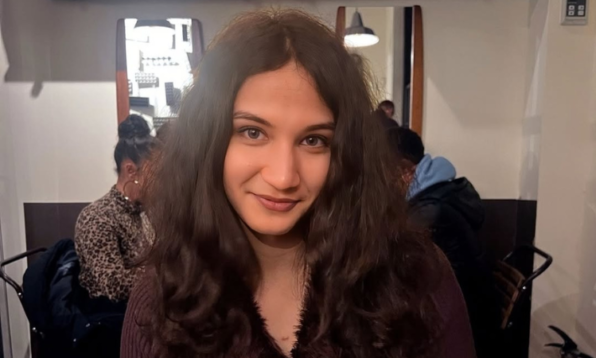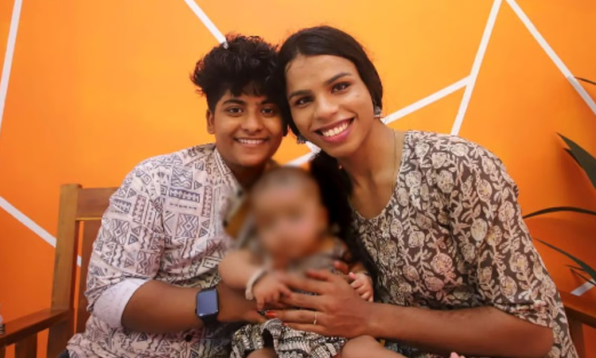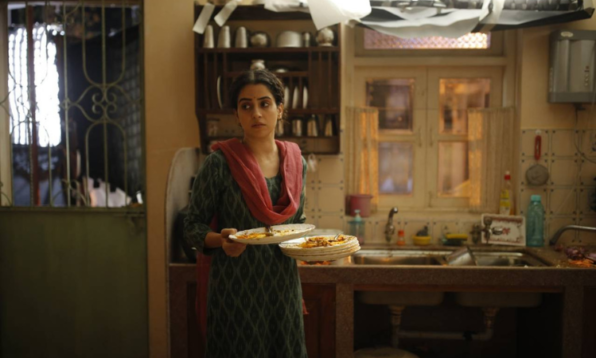Imagine spending your whole life loving a sport, training for it, dreaming about it – only to be told you can’t play, not because you’re not good enough, but because of who you are. That’s exactly what’s happening with Anaya Bangar.
You’ve probably heard her name recently. Anaya is a trans woman, a budding cricketer, and the daughter of former Indian cricketer and coach Sanjay Bangar. But despite her skills and dedication, she’s not allowed to compete in professional women’s cricket. Why?
Related: Jasprit Bumrah Chose His Wife And Child Over The Asia Cup…And People Are Pissed
What are the ICC rules for women’s cricket?
View this post on Instagram
Anaya transitioned from male to female recently. Since then, she’s been open about her identity, sharing her journey on social media, facing trolls, and still showing up with courage and confidence. She wants to play cricket professionally, but under the current ICC (International Cricket Council) rules, she’s not eligible to play in women’s matches.
The ICC updated its gender eligibility rules in November 2023. “The new policy is based on the following principles (in order of priority): protection of the integrity of the women’s game, safety, fairness and inclusion. This means any Male to Female participants who have been through any form of male puberty will not be eligible to participate in the international women’s game, regardless of any surgery or gender reassignment treatment they may have undertaken,” said ICC in the statement. The short version? The rules basically ban all trans women who have gone through male puberty from playing women’s international cricket regardless of hormone levels or surgeries.
What is the real issue?

ICC said it’s about maintaining “fairness” and “safety” in the sport. Their logic: male puberty can give an athlete advantages like greater muscle mass, bone density, and strength, even if they later transition. But here’s the kicker: a 2017 report published in Sports Medicine, which reviewed multiple studies on trans athletes, found “no direct or consistent research” proving that transgender women have an athletic advantage over their cisgender peers.
Critics argue this doesn’t just exclude athletes like Anaya – it adds to the discrimination trans people already face in every other part of life. The ICC rules apply to international cricket, but many national boards often follow the same path. India currently doesn’t have a clear, inclusive policy for transgender athletes in cricket. That’s part of the problem.
Anaya’s stuck in limbo. She’s too “female” for men’s cricket, and apparently too “male” (according to outdated norms) for women’s cricket. Where does that leave her? On the sidelines. So under these rules, even though Anaya is a woman and identifies as one, she can’t play in women’s tournaments because she was assigned male at birth and experienced puberty before transitioning.
Featured Image Source
Related: Yuzvendra Chahal-Dhanashree Divorce Rumours: Why Do Cricket Fanboys Keep Trolling Cricketers’ Wives?

 Web Stories
Web Stories













